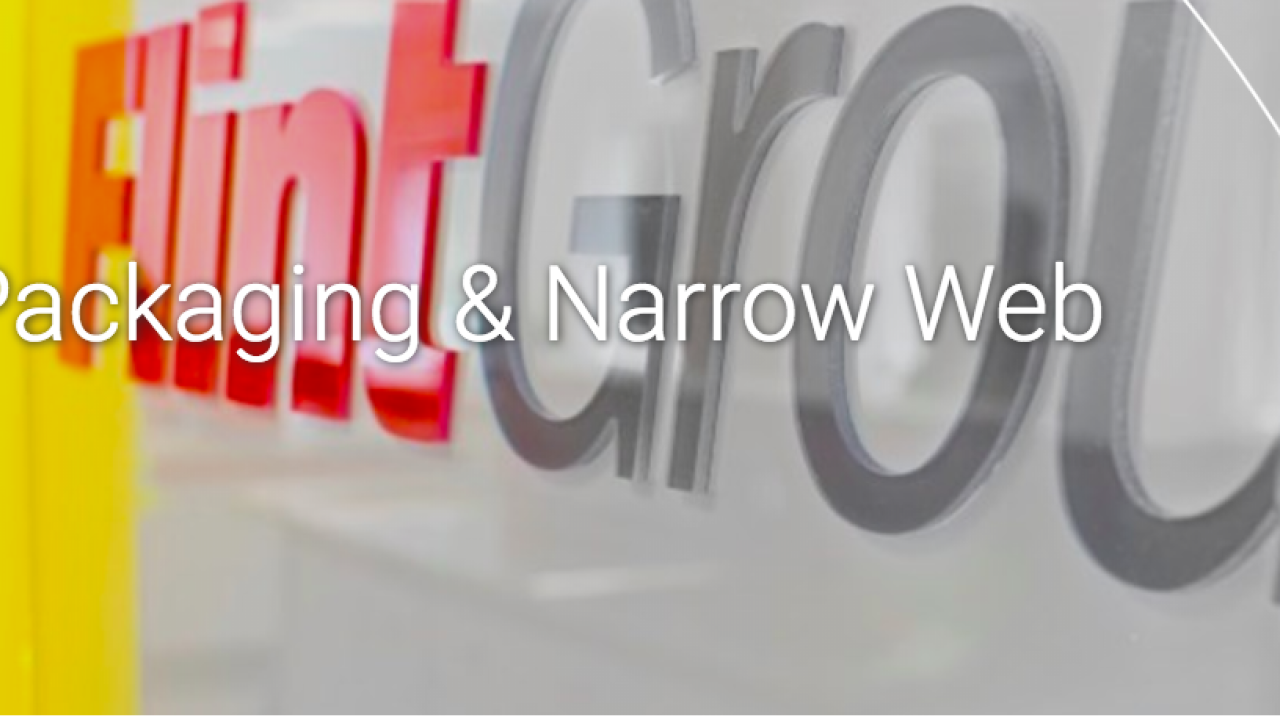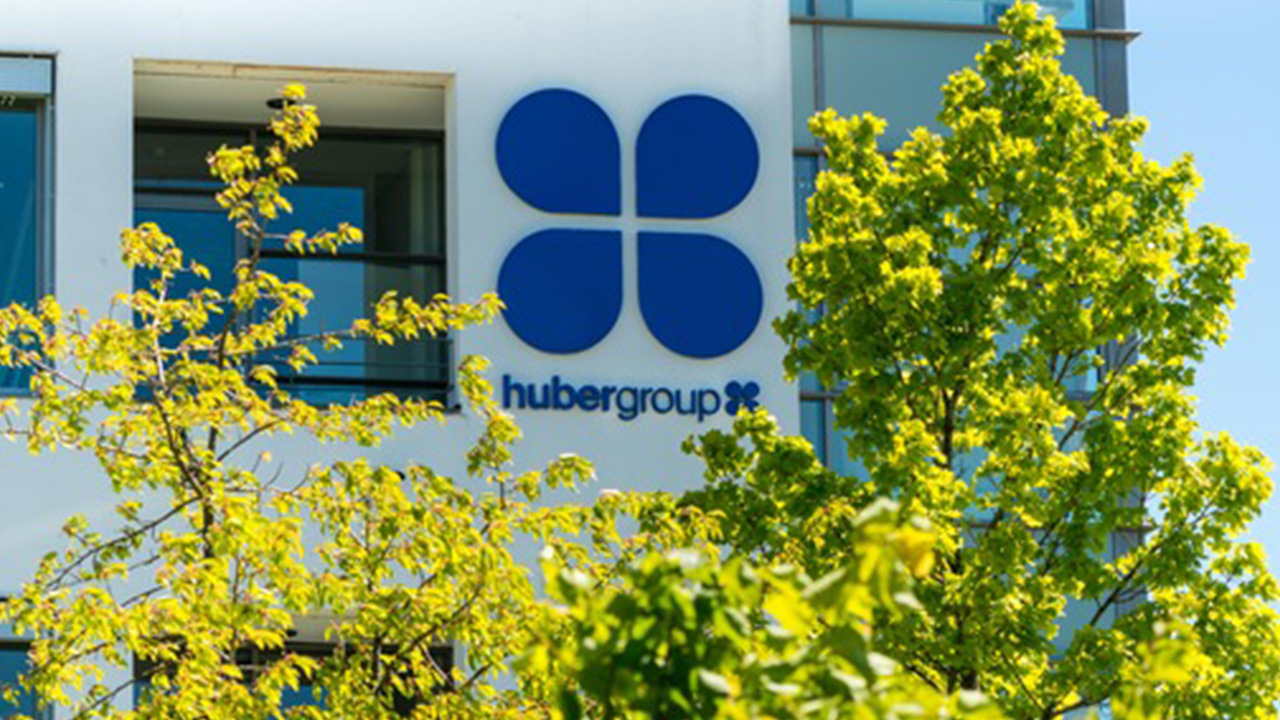Flint Group initiates price increase in India
Flint Group Packaging Inks in India has initiated a price increase with immediate effect due to raw material shortages, critical supply chain conditions and supply disruptions in the ink and coating industry.

The company argues that unprecedented price inflation has been witnessed in resins, titanium dioxide, pigments and key solvents; all of these feedstocks affect the cost base of both solvent-based and water-based inks and coatings.
The company highlighted that resin prices have increased due to supply constraints and facility closures; numerous pigment production facilities in China have reduced capacity, while some have been ordered to close, in line with the ‘Blue Skies’ initiative; solvents are under pressure due to production outages, supply tightening and escalation in crude oil costs, all resulting in a finished product cost escalation between 11 and 17 percent; and there is persistent tightening and price escalation across the titanium dioxide (TiO2) market.
It also stated that rising material costs coupled with increased global trading challenges, currency fluctuations and economic challenges in some regions are presenting the industry with a complex and volatile cost landscape.
Upal Roy, managing director, Flint Group India, said: ‘Despite our staunch efforts to mitigate these supply dynamics by deploying significant capital and internal resources to efficiency projects, the cost pressure remains relentless. Recent price increases have not been sufficient to offset the cost increase burden and Flint Group cannot continue to absorb the rising costs internally. The situation now necessitates that we pass some increases through the supply chain.
‘Product quality and consistency are essential for our customers which is why we will continue to prioritize efficiency improvements and the sourcing of high quality materials at a reasonable price. Customers can always rely on us for best-in-class products at the most economic cost possible,’ Roy concluded.
Stay up to date
Subscribe to the free Label News newsletter and receive the latest content every week. We'll never share your email address.

